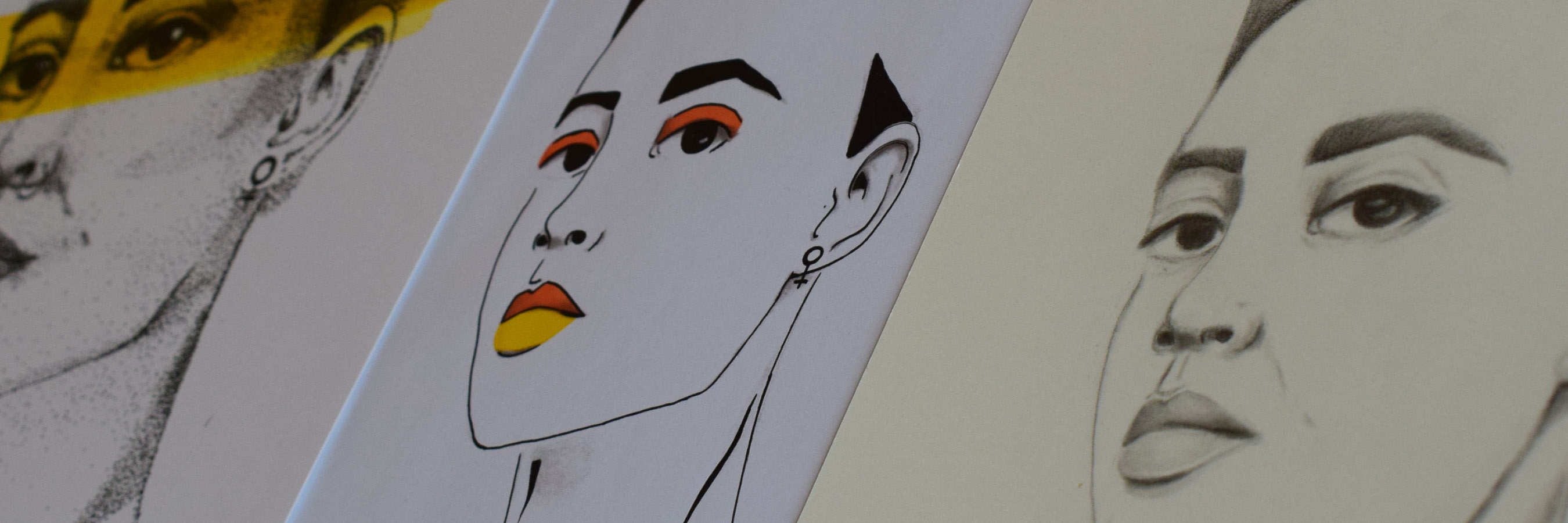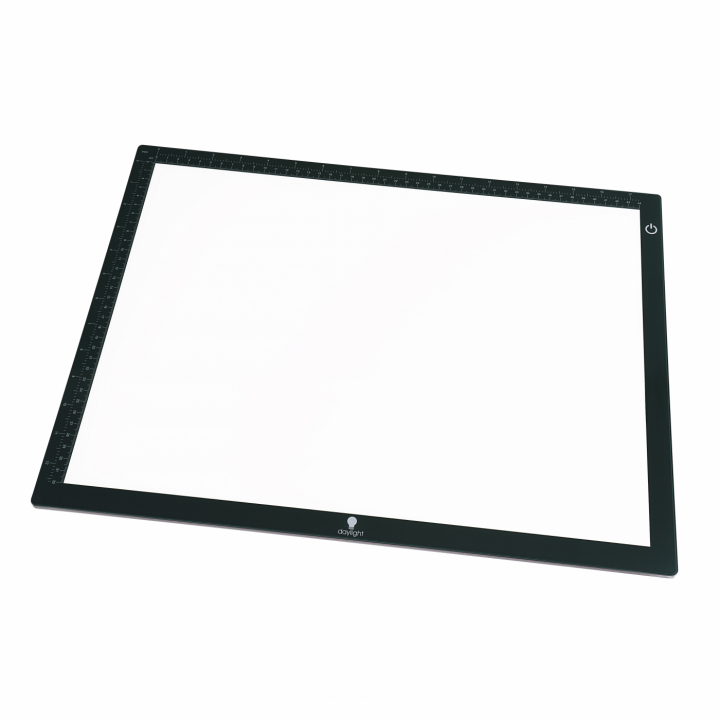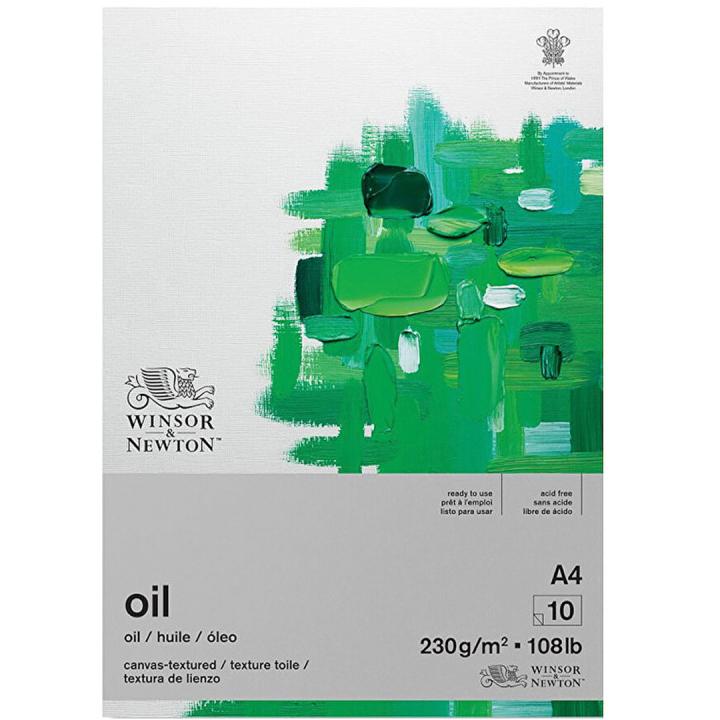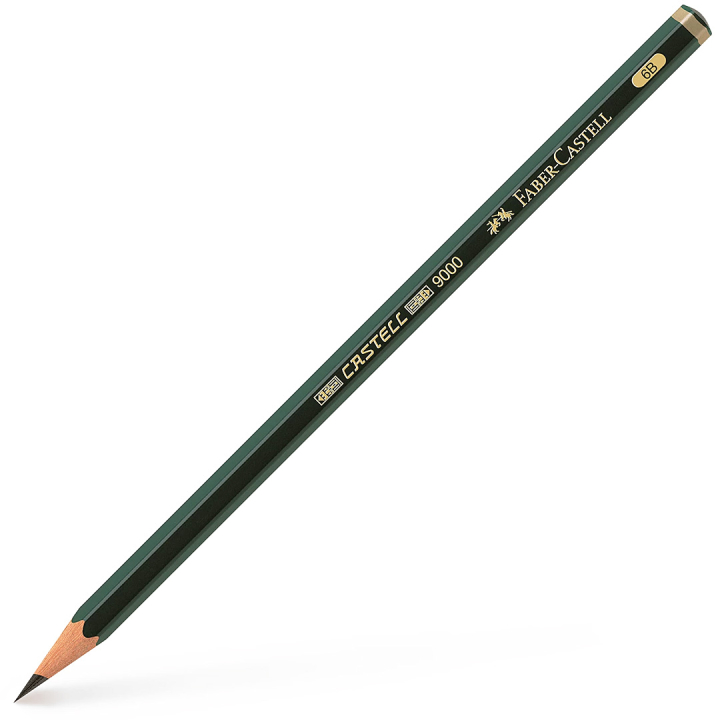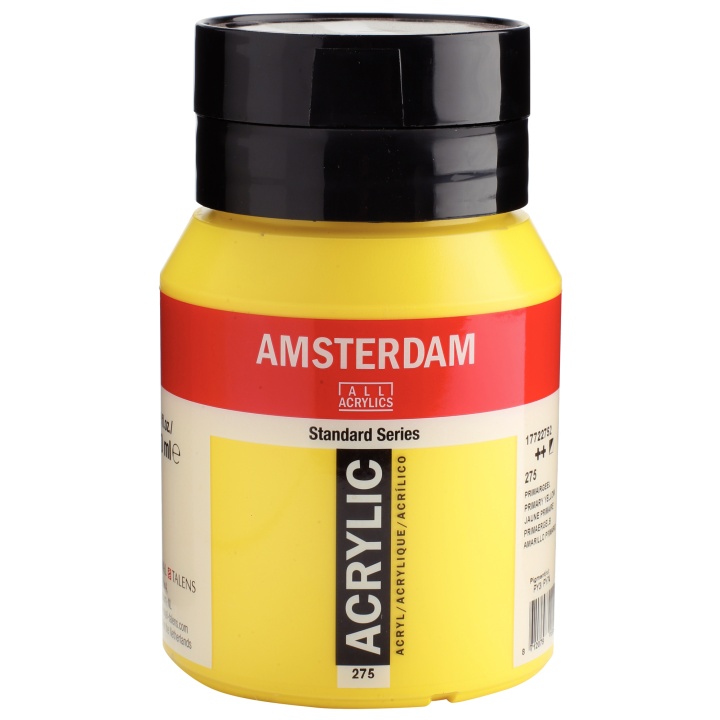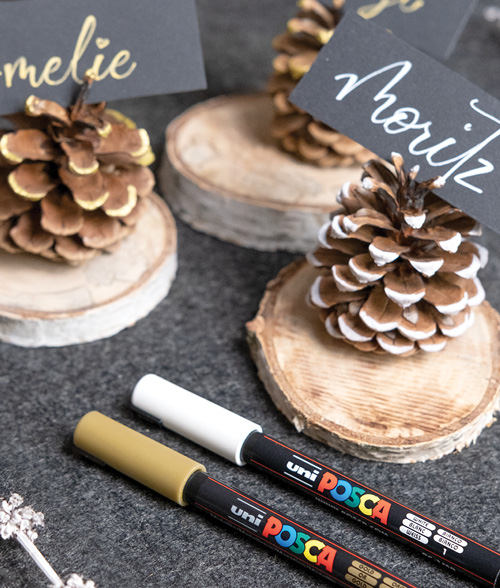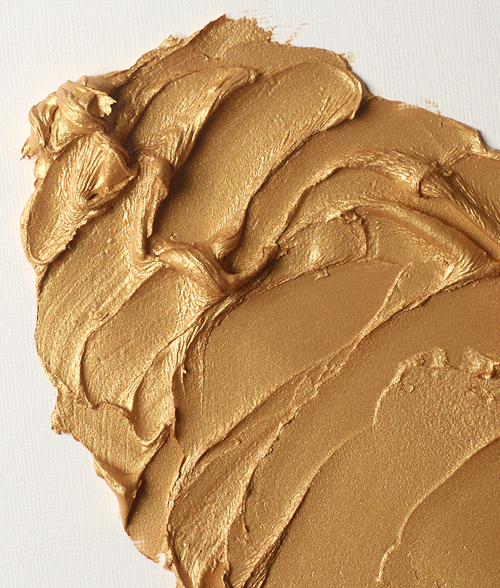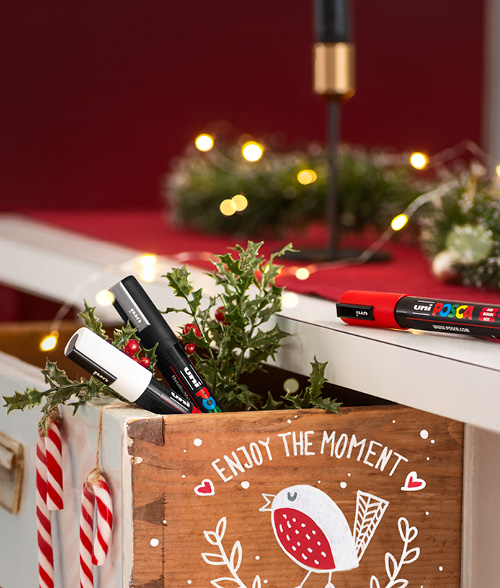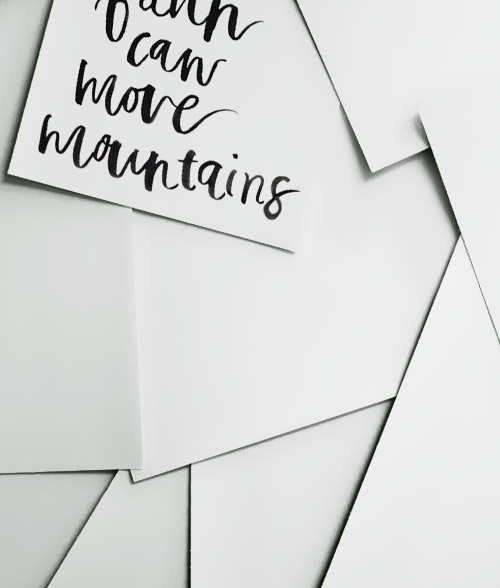Kickstart your creativity with tips from the illustrator Isabell Leoson
– The eternal question – how did you learn how to paint? I have always found that a very difficult one to answer. You see, I never learnt how to paint. I just kept painting, never stopped doodling on my spreadsheets, drawing eyes in my schoolbooks. I just sat at home drawing even when I was way past the age for doing that.
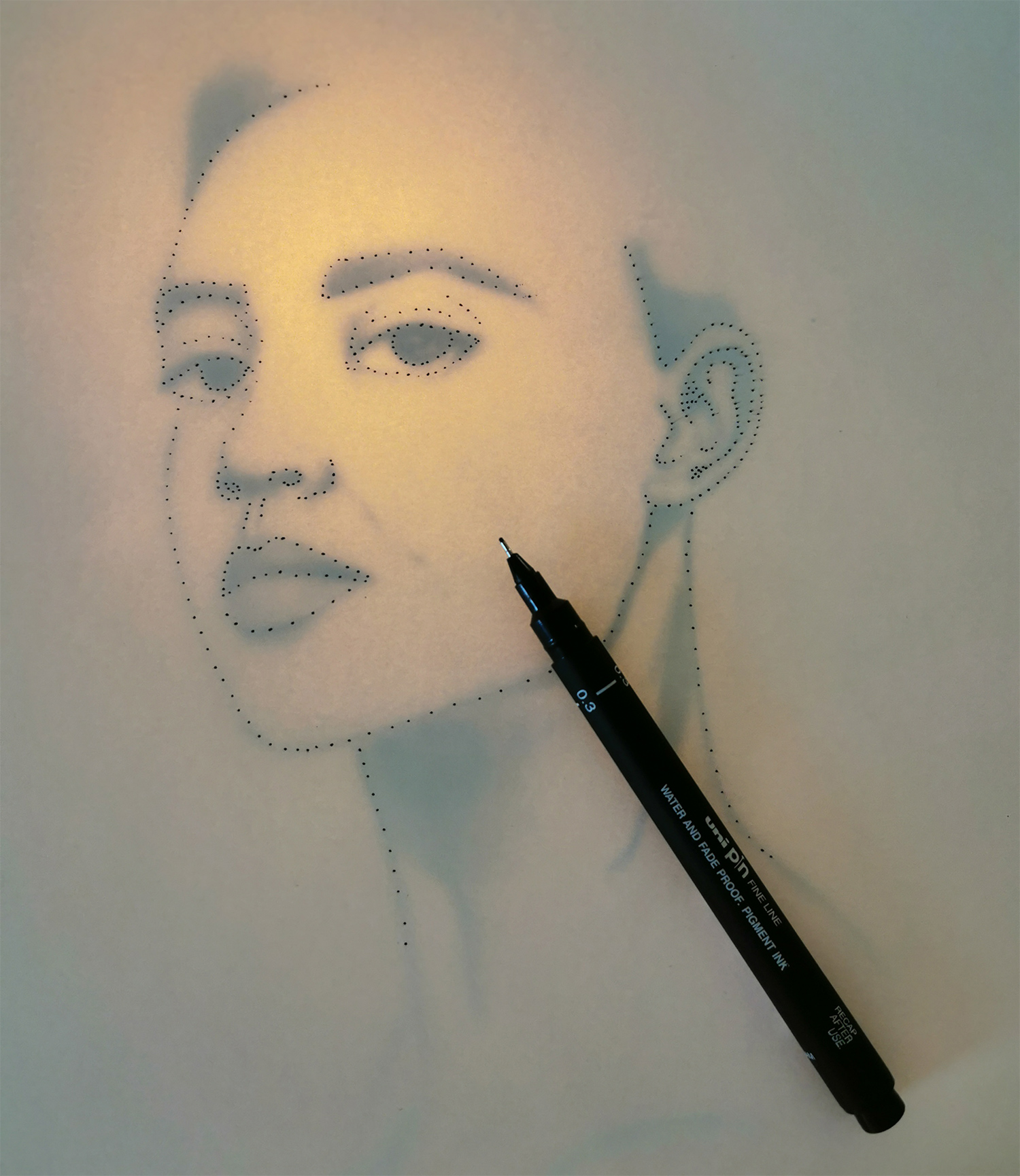
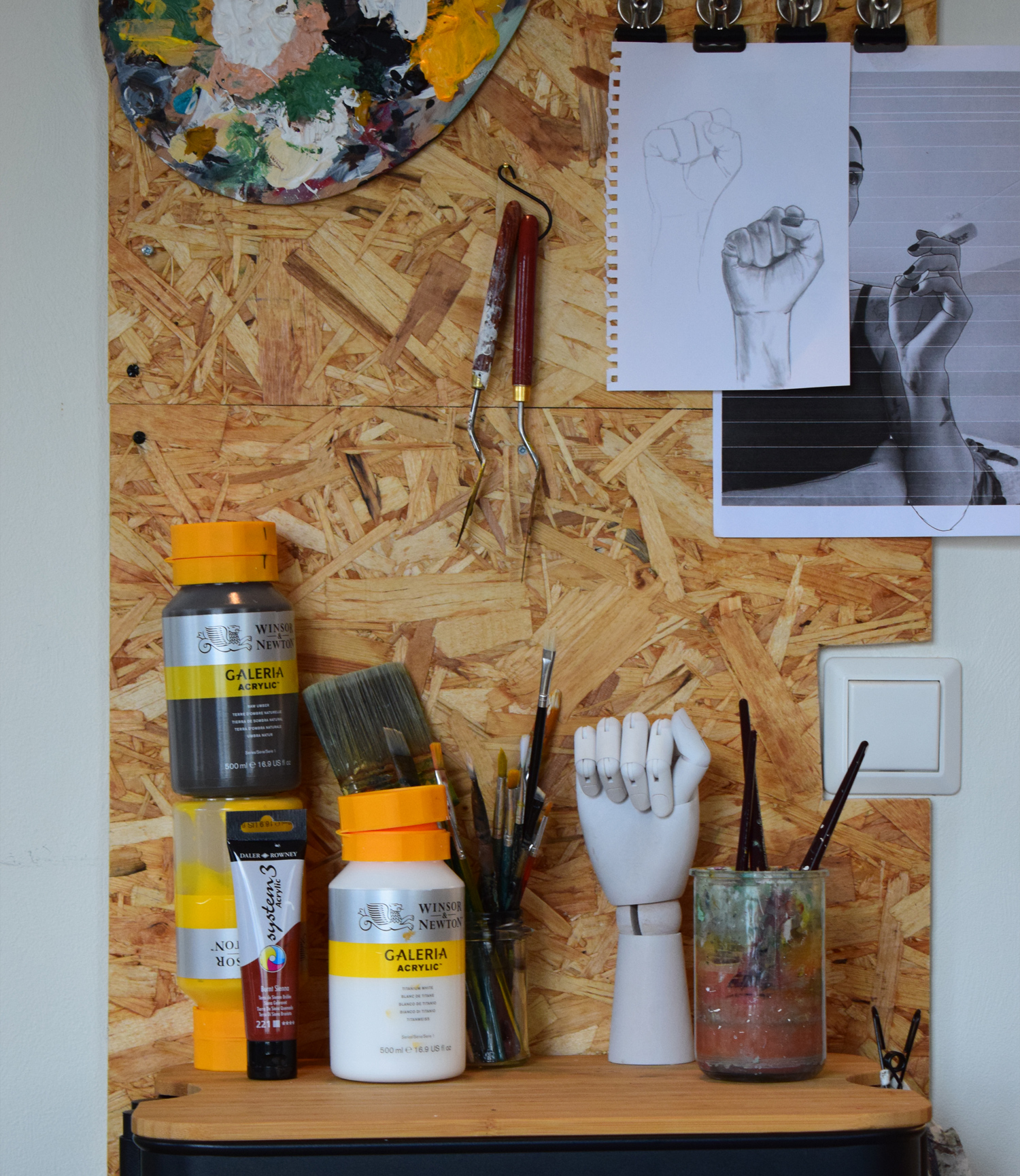
– I realised recently that I used to presume that everything I painted had to be beautiful. I have always drawn in one way or another. Always! That automatically means you are good at it. Right? Because I am good at what I do. I could paint a face, preferably from the front, and I knew where to place the shadows. I thought it harder to do from angles. I could not do hands because I had not practiced drawing them. Also, I could not make animals, landscapes, buildings. I did not want to paint any of those things because when I did, the result was always ugly.
– So, I kept painting faces from the front, because then people told me I was good at what I did. However, I often found myself lacking inspiration. I think that happens when you are just painting the same thing over and over, when you are only doing what you already can do. I realised I had stopped learning how to paint because I was not progressing. I sat there, painting the same thing in different ways, and it did not give me anything.
– So, I started sketching more, testing, had difficulties with angles, learnt about angles, did trace drawing, googled. I have innumerable photos of myself where I am turning my head in different directions. I have painted such incredibly ugly paintings. I have made sketches that I tore apart. I have painted on so many canvases, but I have never developed as much as I am doing now.
– These days, I find it easier to get out of a rut and I do it in three different ways:
• I paint something very simple, something I feel comfortable with and that I know I can do. It gives me the confidence to start something new.
• I sketch something new, try painting something I have never painted before with the outlook that “I will throw it away after”. In other words, not expecting anyone else to see it or that it must be beautiful or realistic. Just for me.
• I google something I want to learn how to paint and make a drawing of it. I might even put a piece of paper against the screen and trace it. There, I have made something new I did not think I could! (Yes, you may cheat.)
– Another good tip is to have everything available. I have all paints, brushes and half-finished paintings in my kitchen. (Well, the kitchen might not be ideal.) This makes it very easy for me to just get started, nothing needs to be prepared. Let art be easily accessible in your home! I do understand there might be lack of space (like I said, kitchen art studio) but if you have a spare room, let the paints stay where they are and always have a brush ready in a glass of water. For those of us that live in small spaces, have everything in drawer that you can just pull out, or keep it all on the same shelf in a cupboard. It should be easy to get started!
– So, make a quick sketch, get a canvas and make something abstract with your favourite colours or those newly-bought paints that you have not dared to open yet. Paint your chair, the water tap. Look at what other people do. Check out Instagram, Pinterest. Get inspired! The most important thing when learning to paint is actually doing it. If it is ugly? Brilliant! Otherwise, you will never become good.
Product tips for kickstarting your creativity
– A light table. You can trace draw – you should do more of that! It is an excellent way to get painting. Paint something you have done before and develop your own work, paint a person in a magazine or whatever you want to practice on. It is very easy and helps you evolve.
– Acrylic or Oil paper. You can actually use heavy paints on paper. I love it. I usually do it when I have something smaller that I want to make. That way, you can frame your work much easier, which I enjoy. I also do it when I have a great idea but first want to test it before I start working on canvas. There is a huge advantage in being able to make an initial pencil sketch. Personally, I think that if you are only going to have one, single pencil you should get a 2b. It is super standard, but never forget: 2b!
– Acrylic paint. It dries quickly, is easy to remove from brushes, can be diluted with water and is easy on the wallet. If this is not a starter kit for painting, I do not know what is!
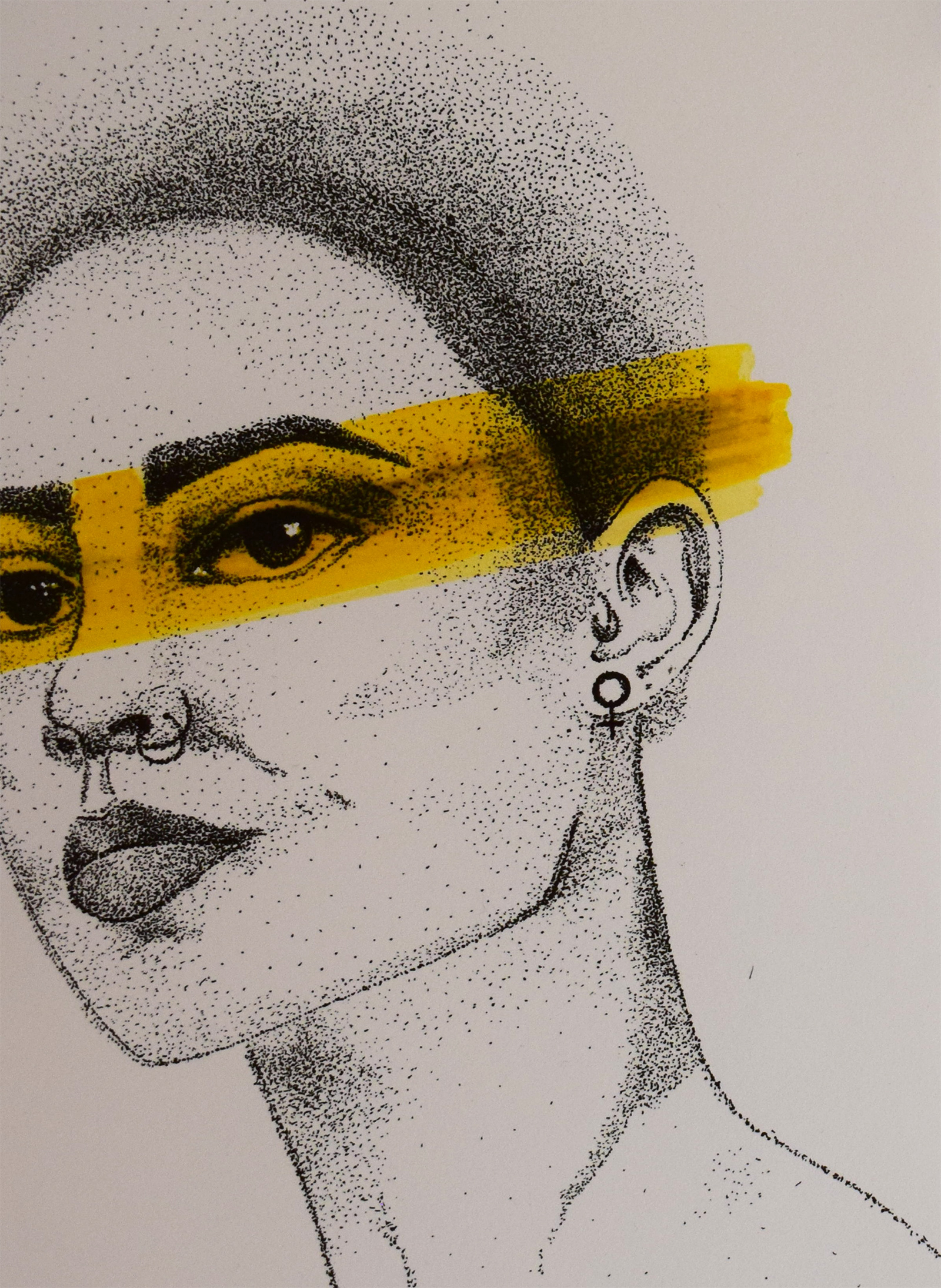
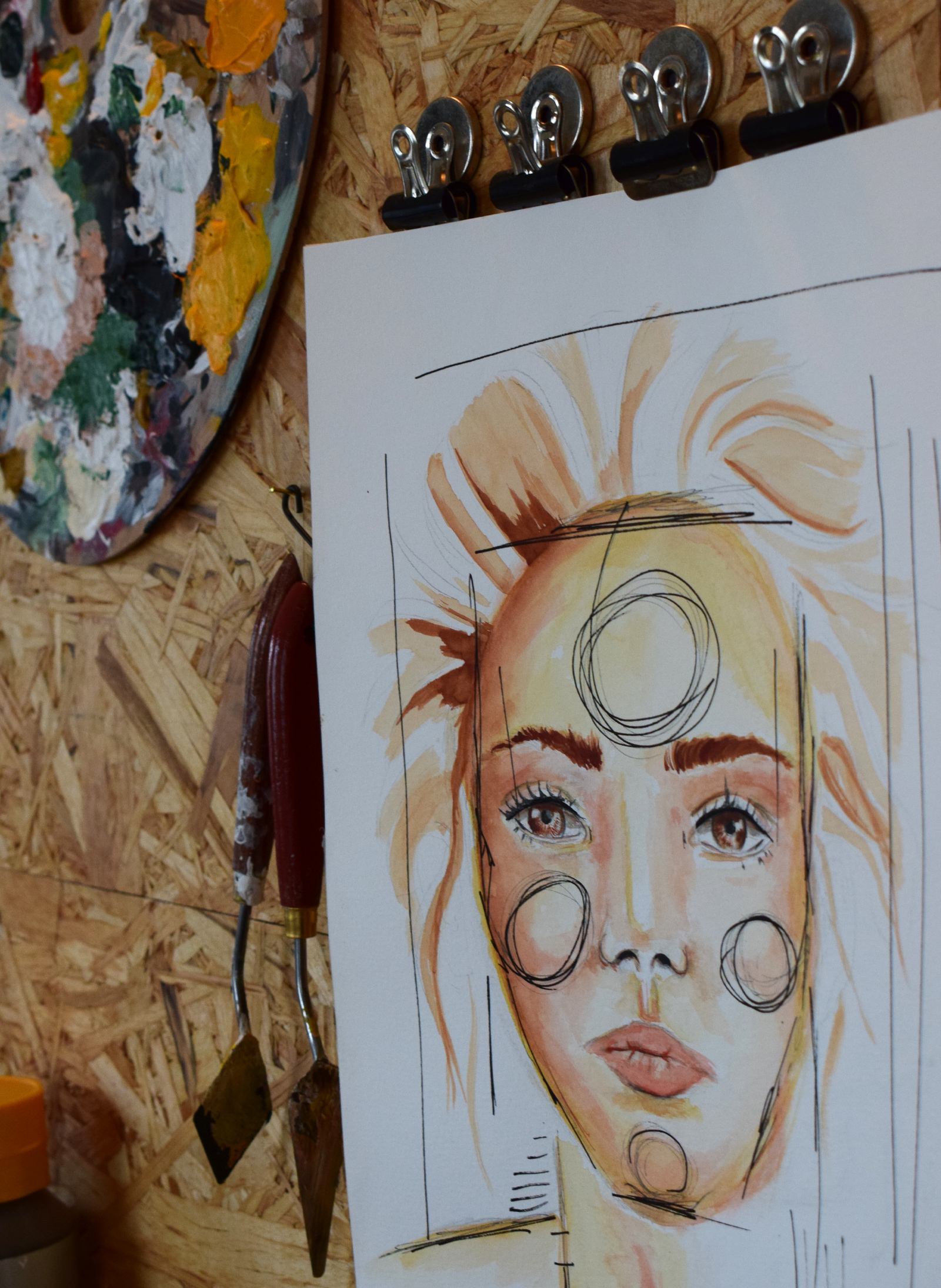
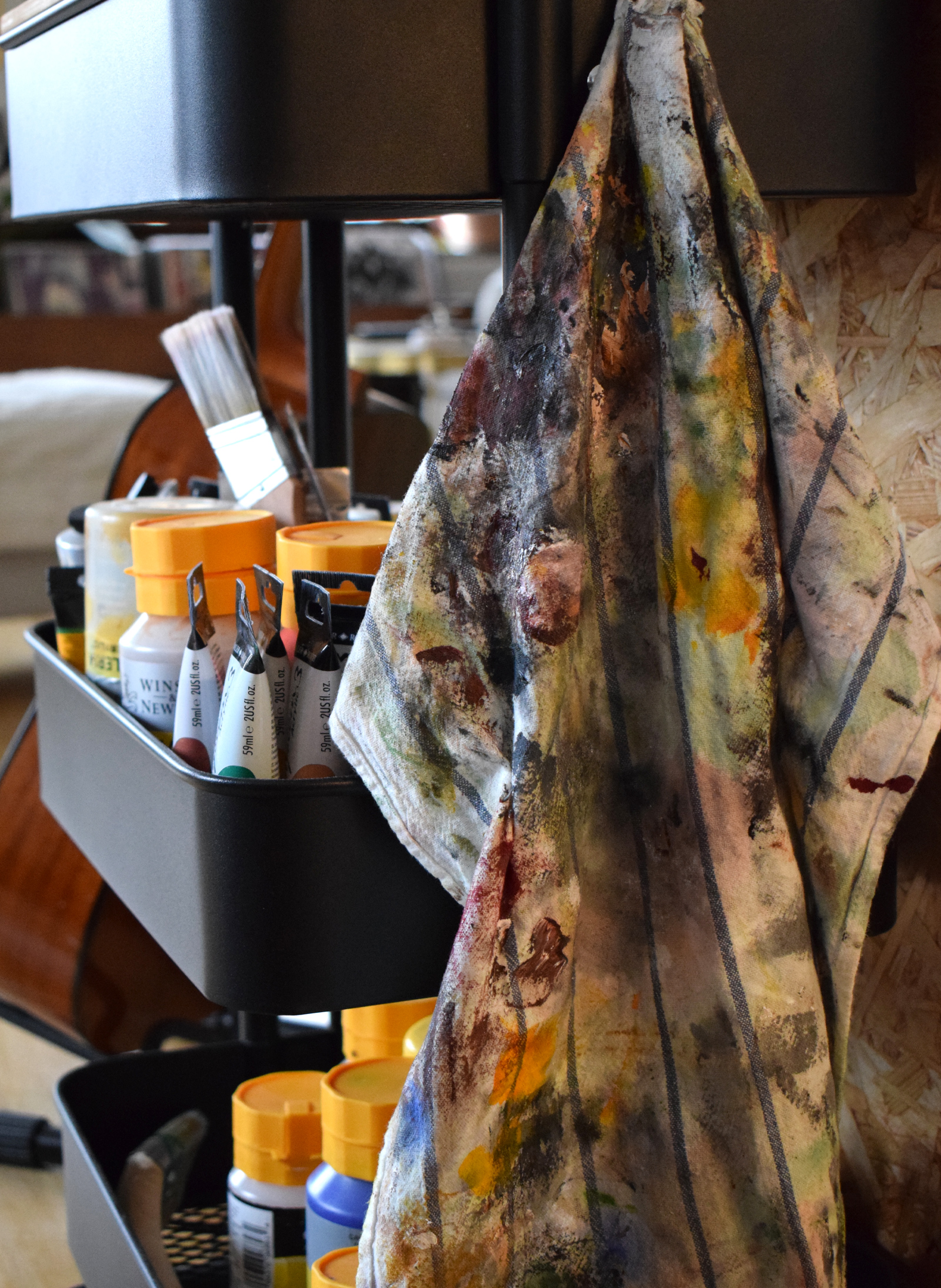
 International (EUR)
International (EUR)